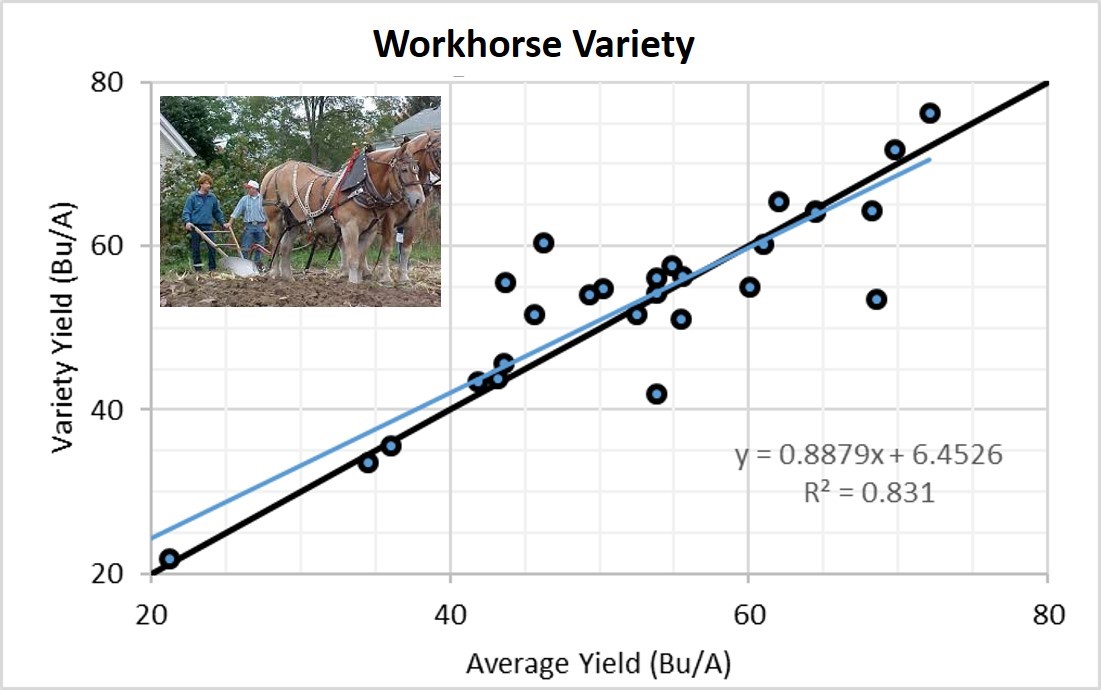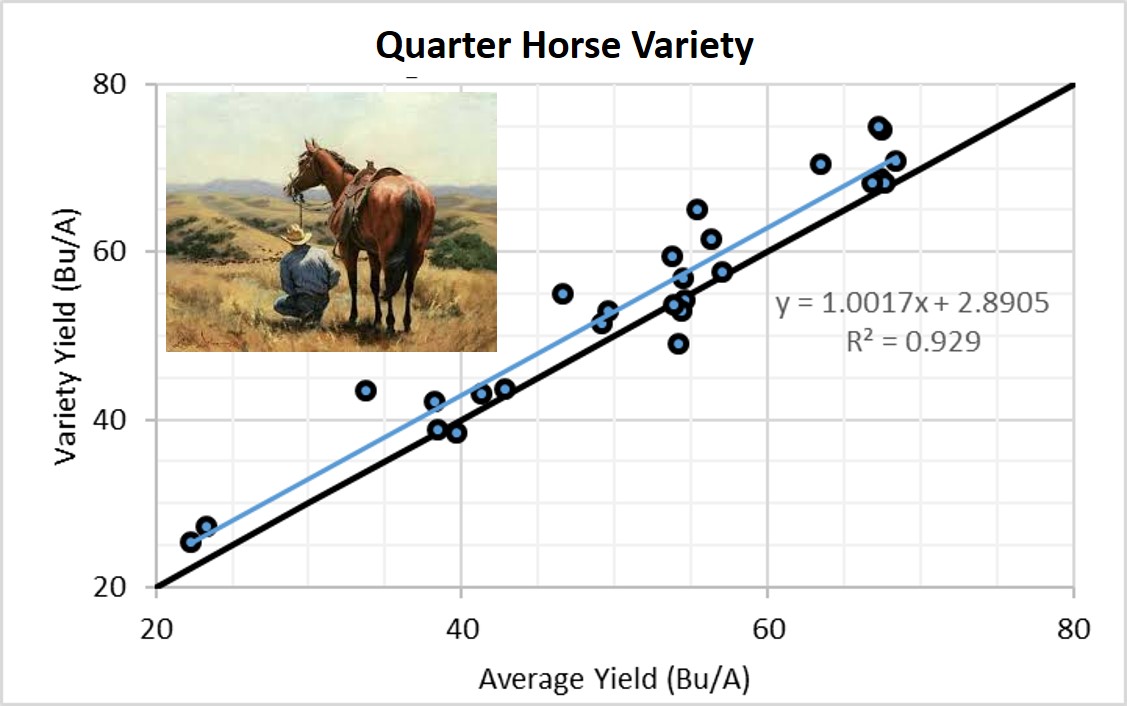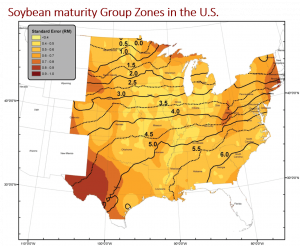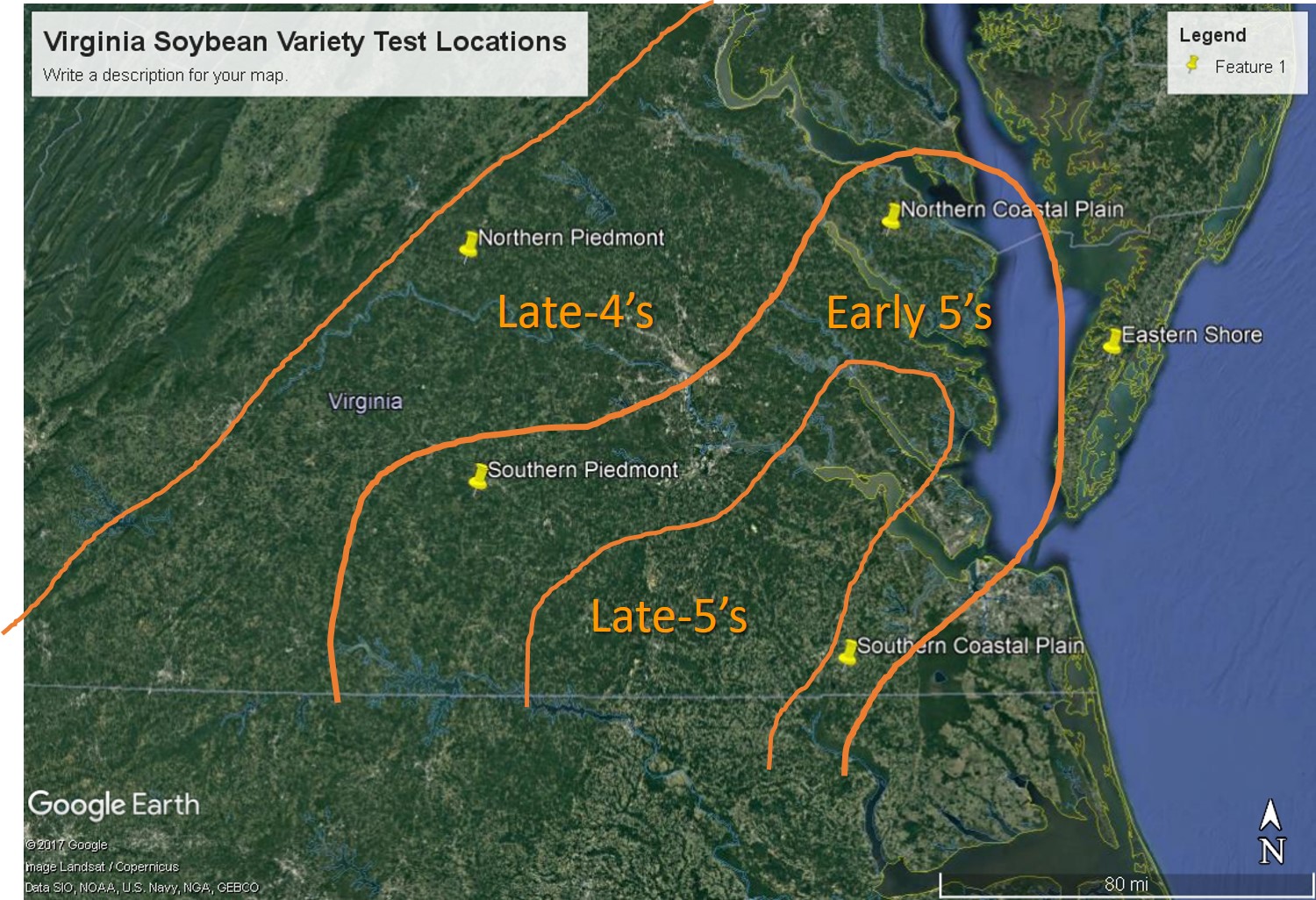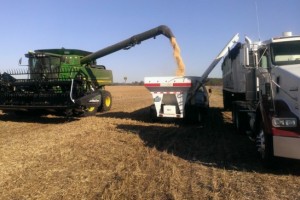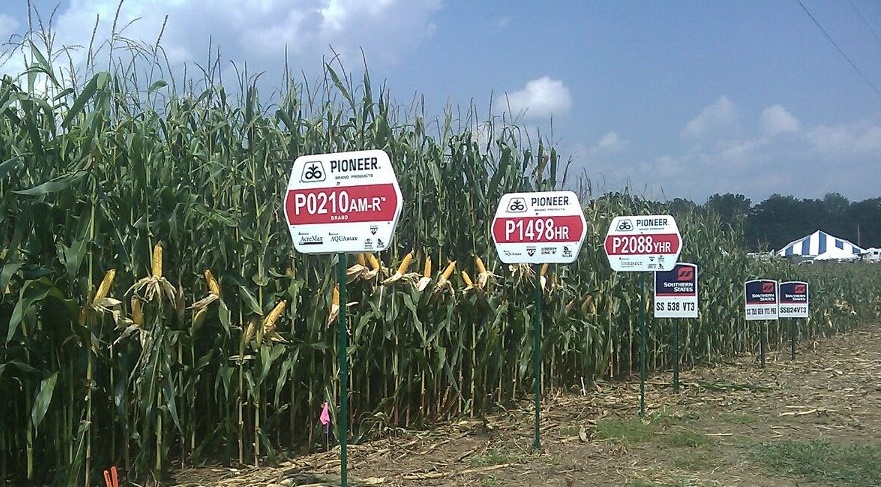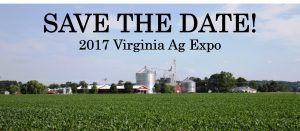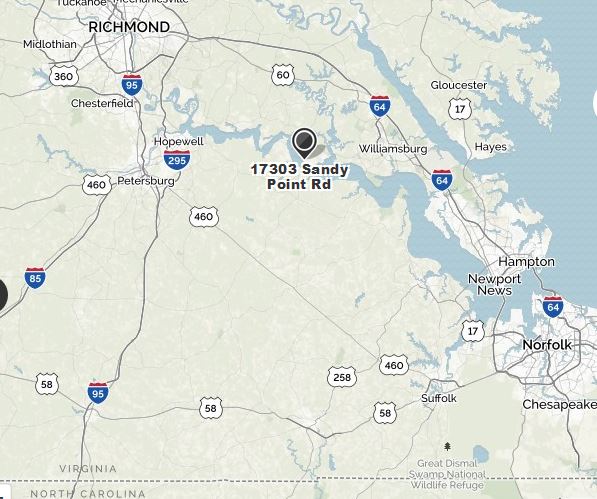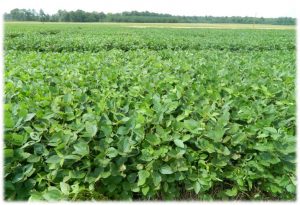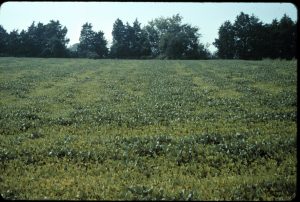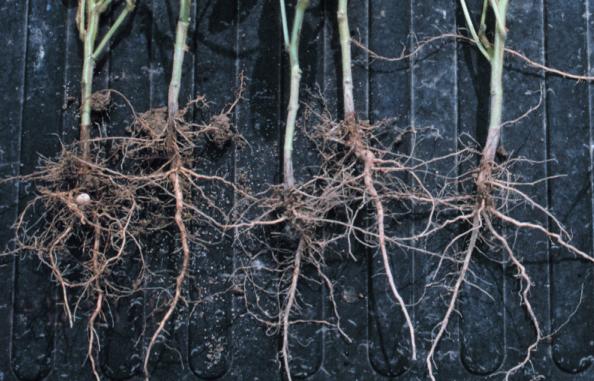Today is the first day in 2 weeks that we’ve been able to harvest due to weather and a combine breakdown. So, we are not that much farther along in getting variety test data to you than we were last week. However, I hope to get out some preliminary data by Thanksgiving.
Last week, I indicated that certain relative maturities do better in some parts of Virginia than others. This week, I I’ll get a little more specific and discuss choosing the best variety for a given yield potential.
First and foremost, I will continue to emphasize that variety selection should be based on multi-year multi-site data. Basing your selection on a single test (maybe closest to you) and single year is a recipe for failure. However, I don’t necessarily recommend always choosing a variety based on average yields over site-years – although a very good place to start. This may seem a little contradictory, but let me explain.
Certain varieties do better under high-yielding environments. I like to call these “racehorse” varieties. Choose such a variety if you want to win a yield contest. Other varieties may yield more than others under stressful conditions. I refer to these as “workhorses”. And there are some that tend to do well, regardless of the yield potential – I’ll call these “quarter horses” (quarter horses can run very fast for short distances and you can still ride them long distances over quite rugged terrain).
Last year, we analyzed 5 years of variety test data and classified all varieties that we tested as one of the above. Examples of our results are shown below. The graphs represent the yield of a single variety versus the yield of all varieties tested at that site and year. Each symbol represents a different site-year.
To summarize, the vast majority of varieties are neither racehorses or workhorses; they perform equally in all yield environments. So, averages will work just fine in most cases. But, if you know you have a great- or poor yielding soil or if you are irrigating, then you may want to look into those varieties that fit that situation.
We have all of these data in an excel spreadsheet. If interested, let me know; I’ll be happy to share upon request.


